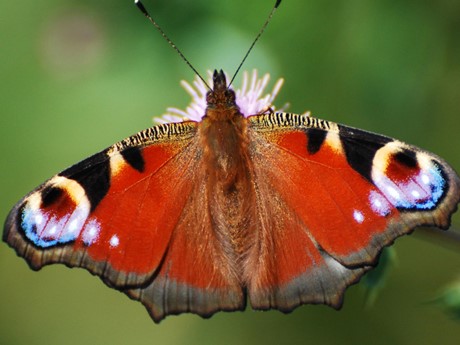Research reports
Nature’s Calendar records provide scientists with crucial evidence about the effects of climate change on wildlife.
Changes to the timings of natural events can threaten our wildlife, leading to mismatches in food webs and throwing nature out of step in the future. Find out how researchers are using Nature's Calendar data.
If you'd like to use Nature's Calendar data for research, please get in touch. The Nature's Calendar available data document details all the species and events we have records for and an indication of location and timescales also, including historical records.
Current research
-
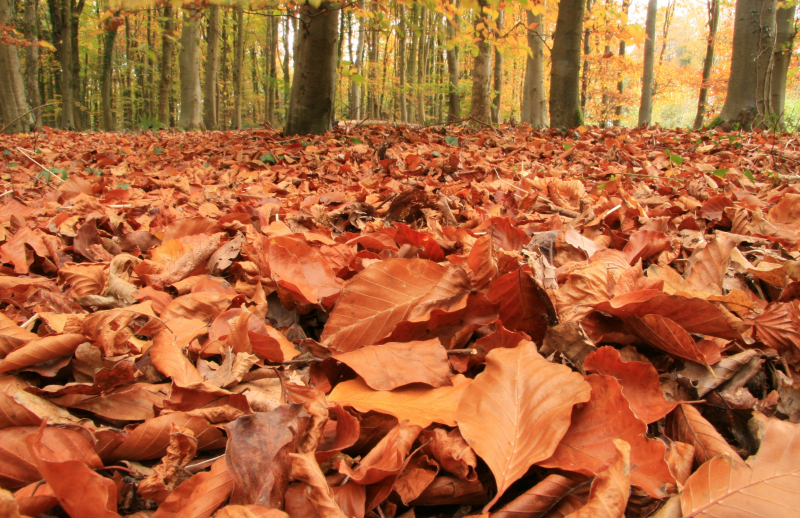
Ongoing research projects using the Nature's Calendar data
Find out about ongoing projects that are currently using Nature's Calendar data.
Read more
Published research
-

State of the UK Climate 2022
Tim Sparks & Fritha West, 28/07/20232022 was the warmest year in the UK series from 1884, 0.9°C above the 1991–2020 average. It was the first year to record a UK annual mean temperature above 10°C. Moreover, 40°C was recorded in the UK for the first time during a heatwave which exceeded previous records by a large margin. The UK's record warm year of 2022 and unprecedented July heatwave were both made more likely by climate change.
Read more
Leaf-on season in 2022 was 7–16 days longer than the 1999–2021 baseline, and bare tree dates were 1–10 days later than the baseline due to a warm October. Pedunculate Oak had its second latest bare tree date in a series from 1999. Indicators for spring 2022 were early by 1–10 days for all species except the Swallow. Hazel had its second earliest flowering date in a series from 1999. -
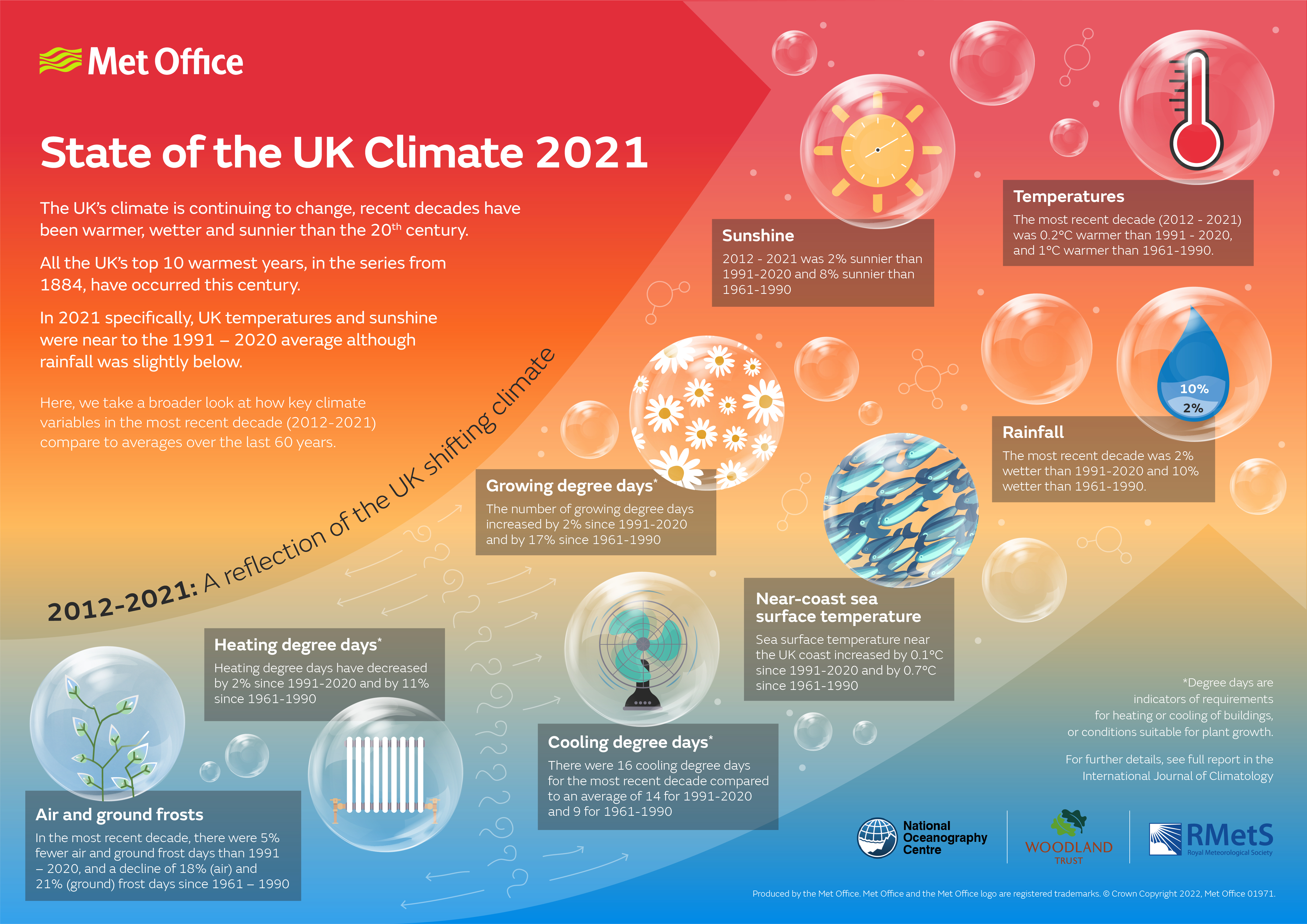
State of the UK Climate 2021
Prof Tim Sparks and Dr Judith Garforth, 28/07/20222021 saw the 18th warmest year on record, with Northern Ireland seeing a new record temperature of 31.3°C. It might seem unremarkable compared to recent years, but that just goes to illustrate how our definition of "normal" is changing when it comes to weather and climate.
Leaf on dates for Hawthorn and Elder were earlier than average, but a chilly April delayed some later leafing species, including Oak and Silver Birch. As a whole, the 2021 leaf season was between 1-7 days longer than average.
Read more -
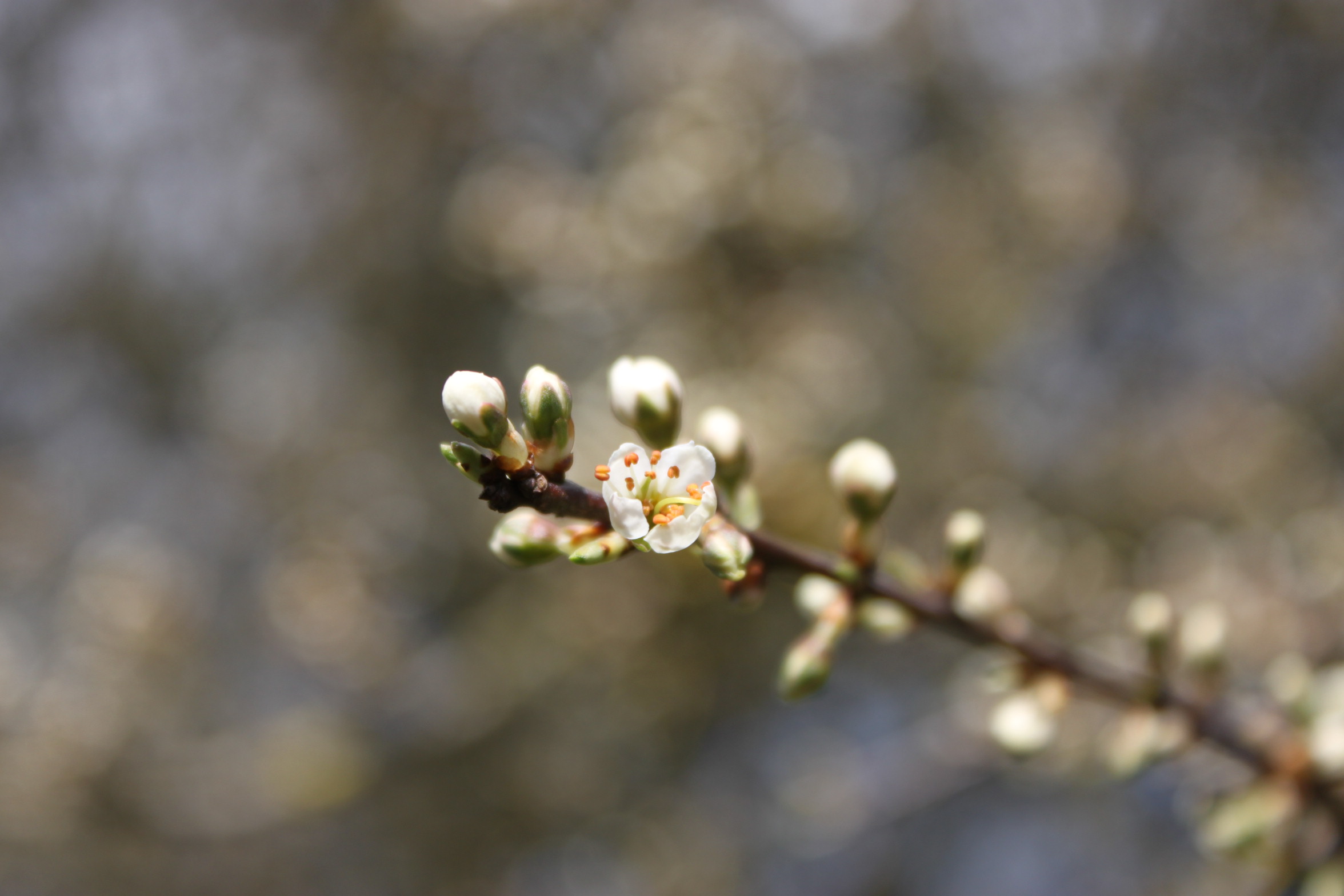
UK plants flowering a month earlier due to climate change
Büntgen et. al. Proceedings of the Royal Society B, 02/02/2022A research team led by the University of Cambridge has found that the effects of climate change are causing plants in the UK to flower one month earlier under recent global warming.
Read more -
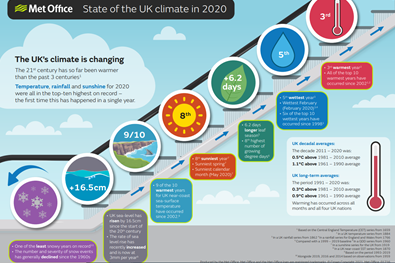
State of the UK Climate 2020
Prof Tim Sparks and Dr Judith Garforth, 02/08/20212020 was the first year that temperature, rain and sunshine rankings were all in the top 10. It was the third warmest since 1884 and two of the three wettest days since 1862 were recorded in 2020.
The phenology section in the report reveals that impact of this warmer spring on four common tree species.
Read more -
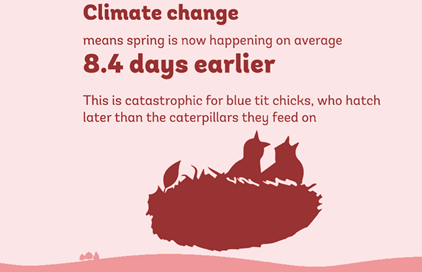
State of the UK's Woods and Trees
Judith Garforth and Lorienne Whittle, 26/04/2021The inaugural State of the UK's Woods and Trees report summaries key findings and facts, along with priority actions, through four chapters: Extent, condition and wildlife value; Benefits for people; Threats and drivers of change; What is being done? Creation, restoration and management.
Chapter 3.1 What does phenology tell us about climate change impacts? is compiled by the Nature's Calendar team and brings together some of Nature's Calendar's most important science outputs.
Read more -
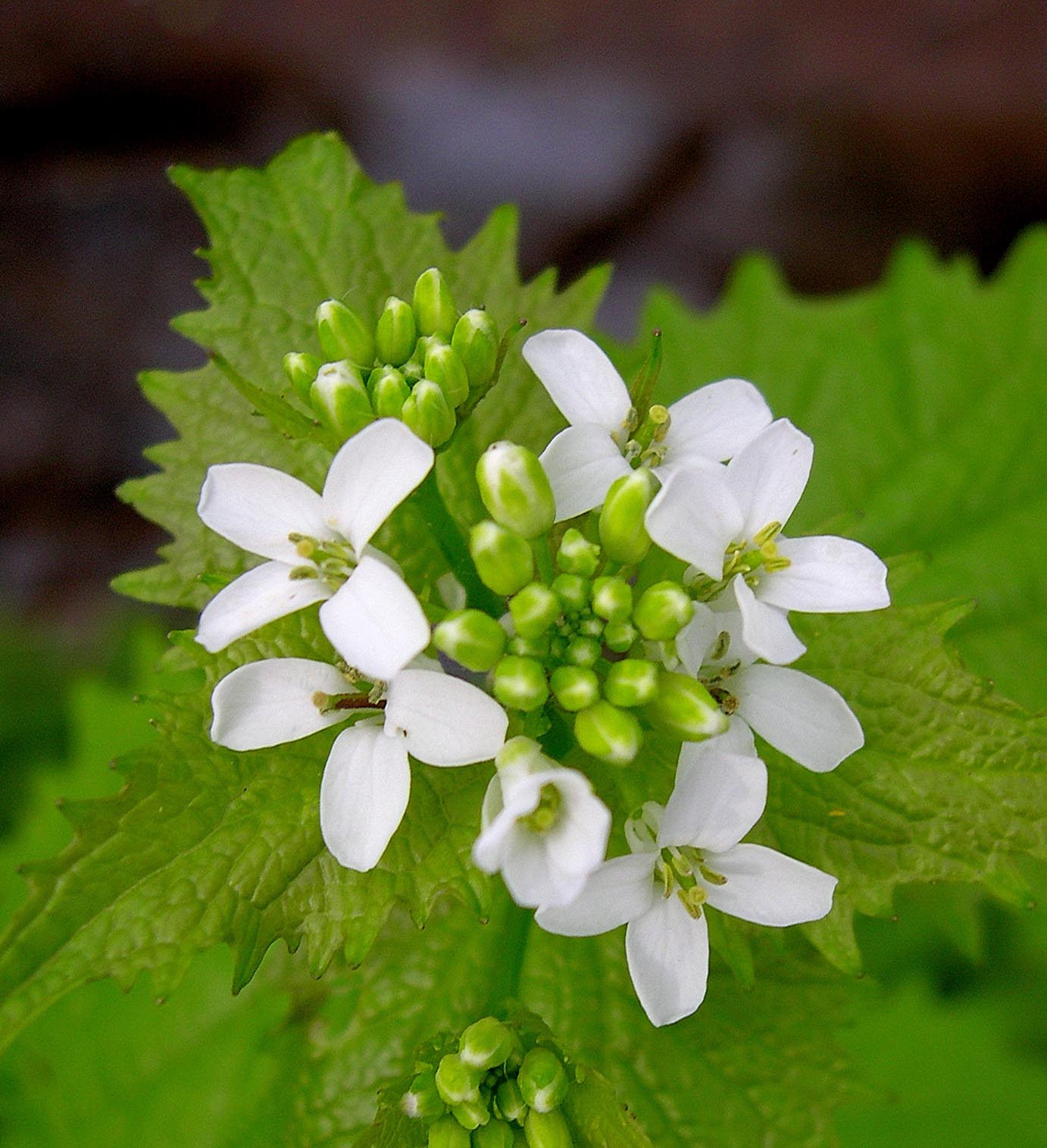
The value and importance of historical phenology in the UK
Tim Sparks, Judith Garforth, Lorienne Whittle. British Wildlife, 26/04/2021A deeper look at some of the earliest long-term phenology records in the Nature's Calendar database. Contributions from three prominent recorders in the Royal Meteorological Society phenology network (1875 - 1947) are investigated.
The first flowering records of 13 species of flowers, shrubs are compared with the mean monthly temperature, with varying results.
Read more -
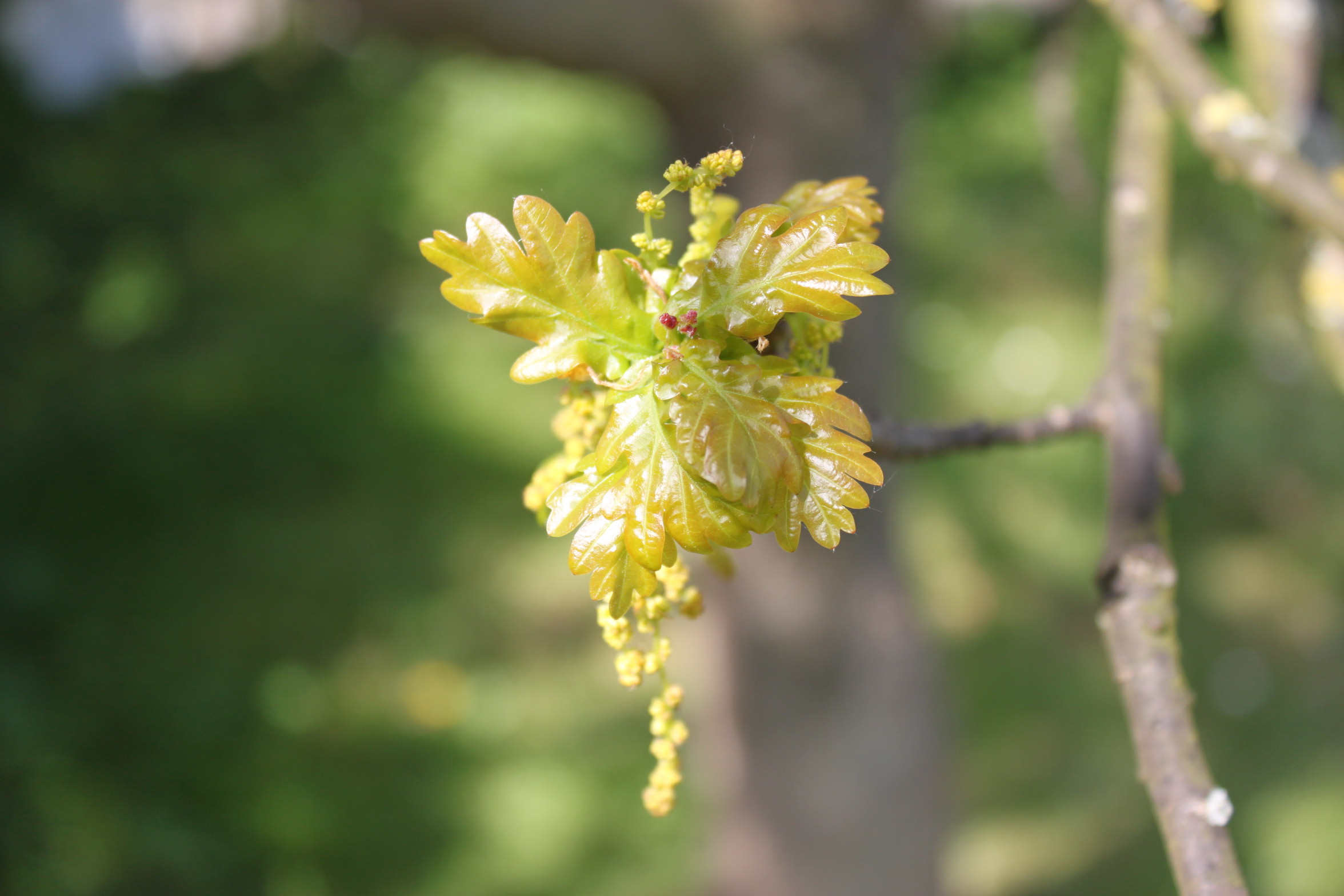
State of the UK Climate 2019
Lorienne Whittle, 04/08/2020The latest State of the UK Climate report reveals that 2019 was a year that broke multiple records for temperatures in the UK. The report also includes a phenology section in which Nature’s Calendar records show the impact of the weather and climate four common tree species.
Read more -
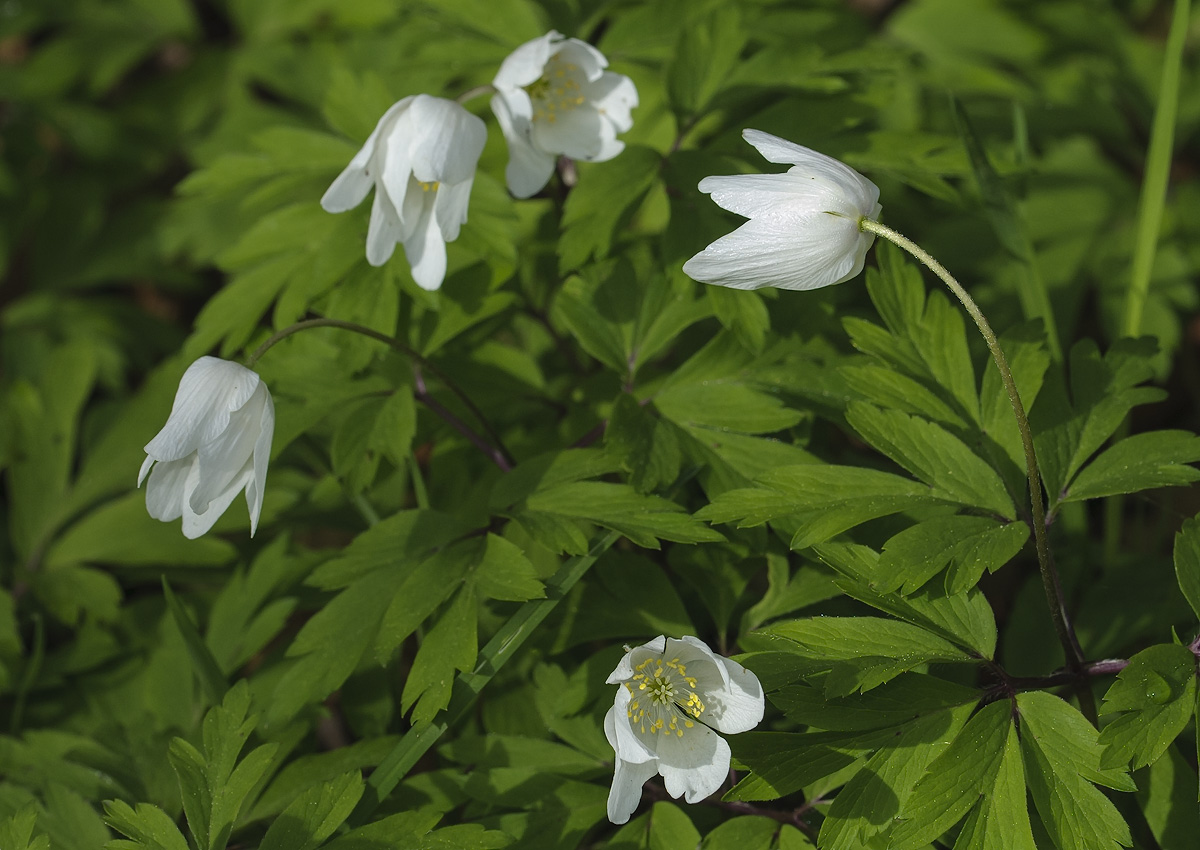
A comparison of Nature's Calendar with Gilbert White's phenology
Tim Sparks, Judith Garforth, Lorienne Whittle. British Wildlife, April 2020, 11/05/2020A comparison of past and present phenological data is a useful tool to determine changes in the timing of various nature events, such as the first flowering Wood Anemone or the return of Redwings.
Read more -
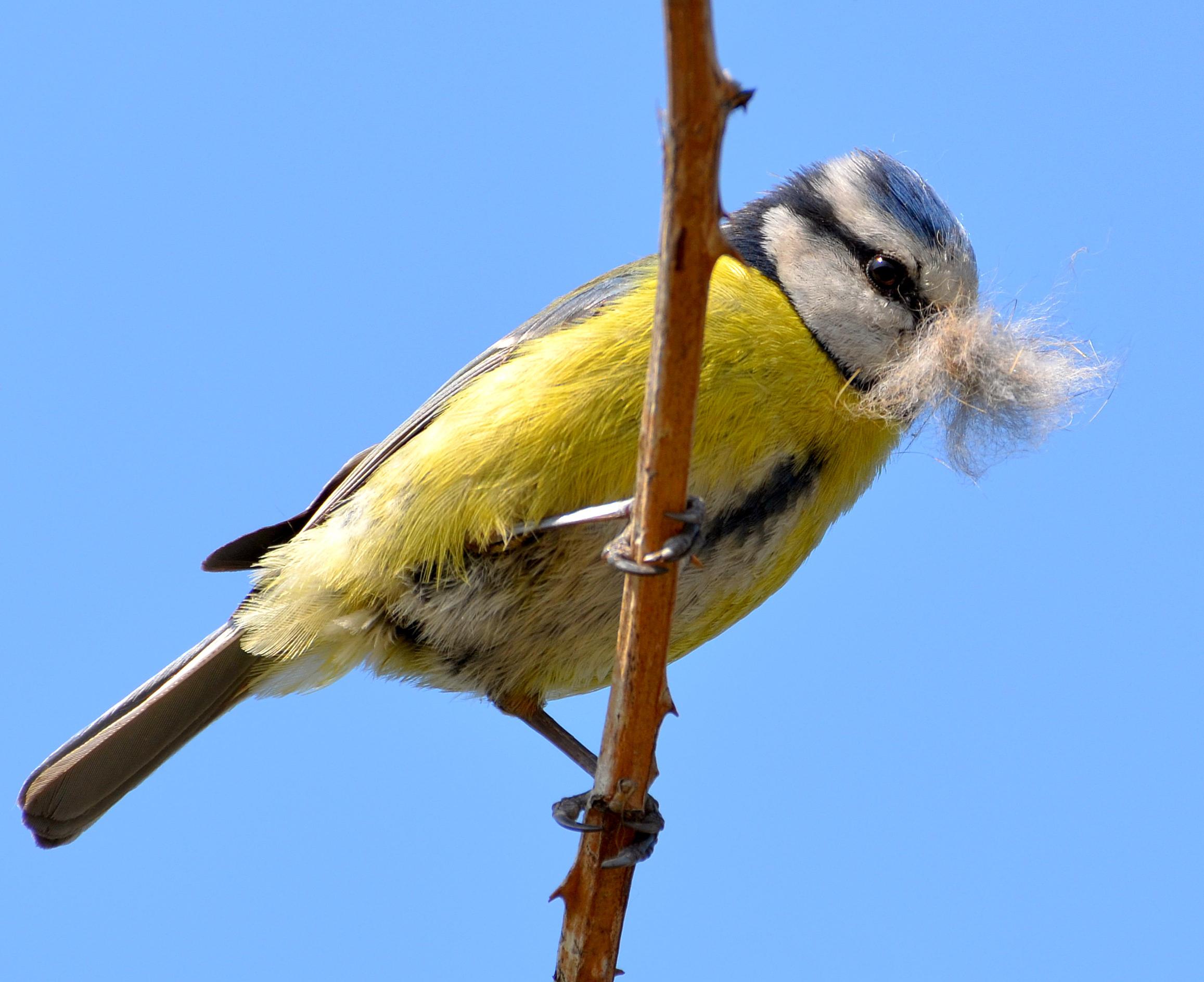
The environmental predictors of spatio-temporal variation in the breeding phenology of a passerine bird
Shutt et al. 2019. Proceedings of the Royal Society B, 15/08/2019Warmer springs have seen many of our birds breeding earlier, but scientists still don’t know how they actually decide when to start building nests and laying eggs. Do they respond directly to temperature or do they respond to other aspects of their environment that change in spring like days getting longer, trees coming into leaf or more food becoming available?
This paper uses Nature's Calendar data to investigate this question, focusing on blue tits.
Read more -

Don’t let the grass grow under your feet.
Sparks, Boalch and Garforth, 2019. British Wildlife, 06/06/2019The Nature’s Calendar team published a paper in the British Wildlife journal discussing the relationship between first and last lawn cutting dates and growing season.
Read more -
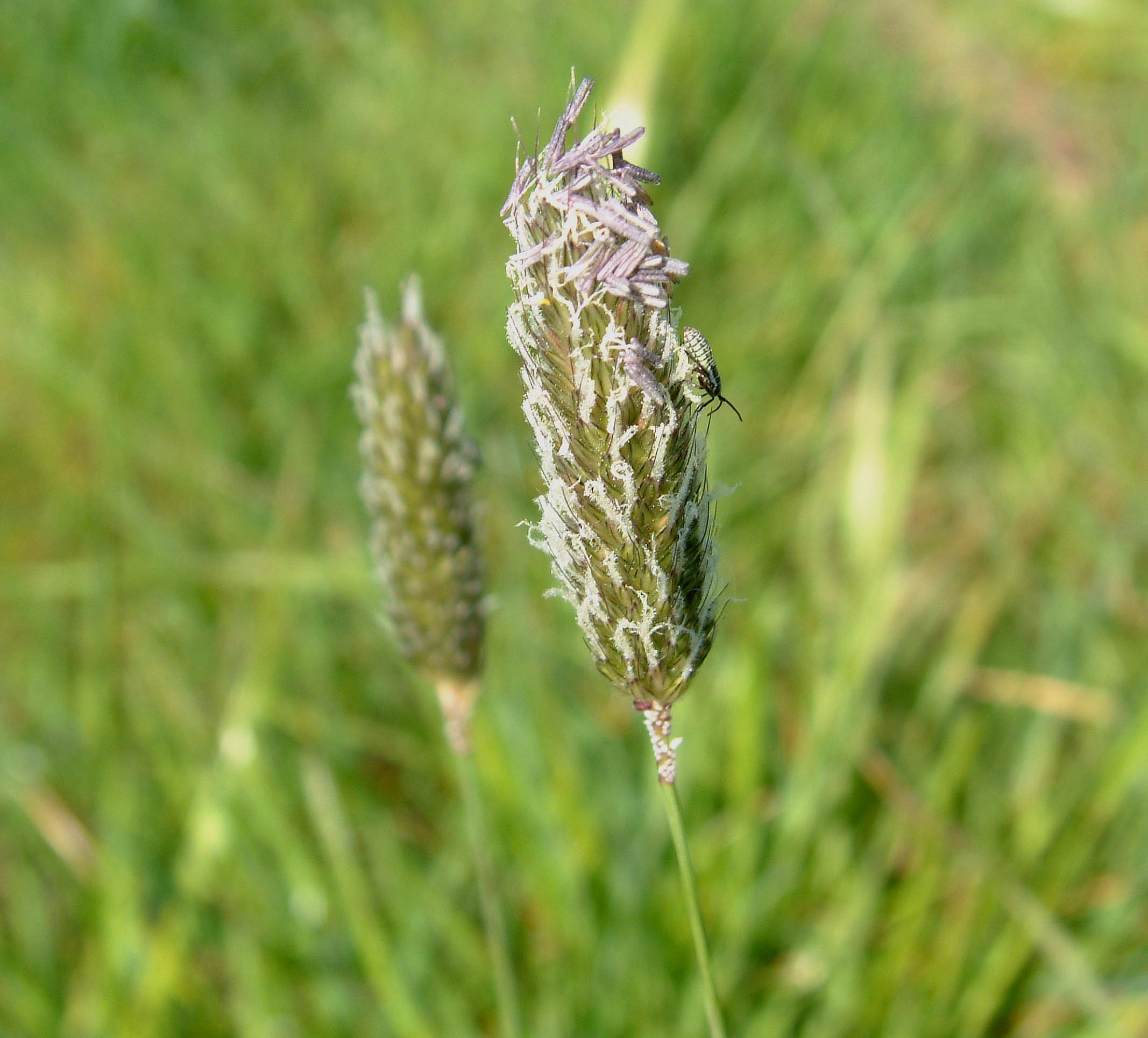
Temperate airborne grass pollen defined by spatio-temporal shifts in community composition.
Brennan et al. 2019 Nature Ecology and Evolution, 09/04/2019Analysing the flowering time of grass species recorded by Nature's Calendar, scientists were able to track the exposure to their pollen. Grass pollen is associated with both asthma and allergic rhinitis (hay fever), so this important research increases our understanding of these ailments.
Read more -

Tritrophic phenological match-mismatch in space and time
Burgess et al. 2018, 21/06/2018Scientists have been studying the effect of earlier springs on feeding relationships in deciduous forests. Concerned about the impact of rising temperatures linked to climate change, they studied the links between oak first leaf, caterpillar activity and bird nesting. The findings have been published in the respected scientific journal, Nature Ecology and Evolution, entitled Tritrophic phenological match-mismatch in space and time.
Read more -
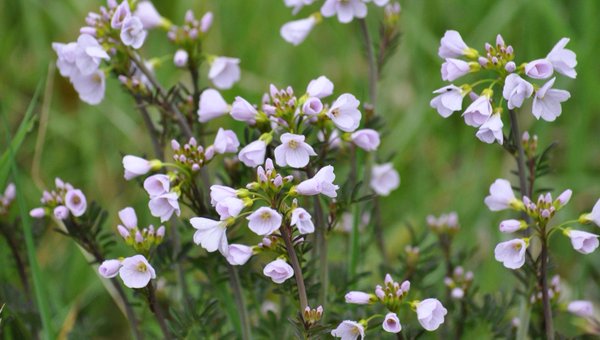
Estimating the ability of plants to plastically track temperature-mediated shifts in the spring phenological optimum
Tansey et al. 2017Scientists at the University of Edinburgh used more than 200,000 Nature’s Calendar records to explore whether plants will continue to leaf or flower at the best time for growth (also known as the optimum phenology), as temperatures rise in the future.
Read more -

Can bird abundance declines be detected by citizen science programmes? A case study using Common Cuckoo Cuculus canorus
Sparks et al. 2017Using data from Nature's Calendar and another citizen science project, BirdTrack, investigated whether or not declines in a particular species could be detected.
Read more -
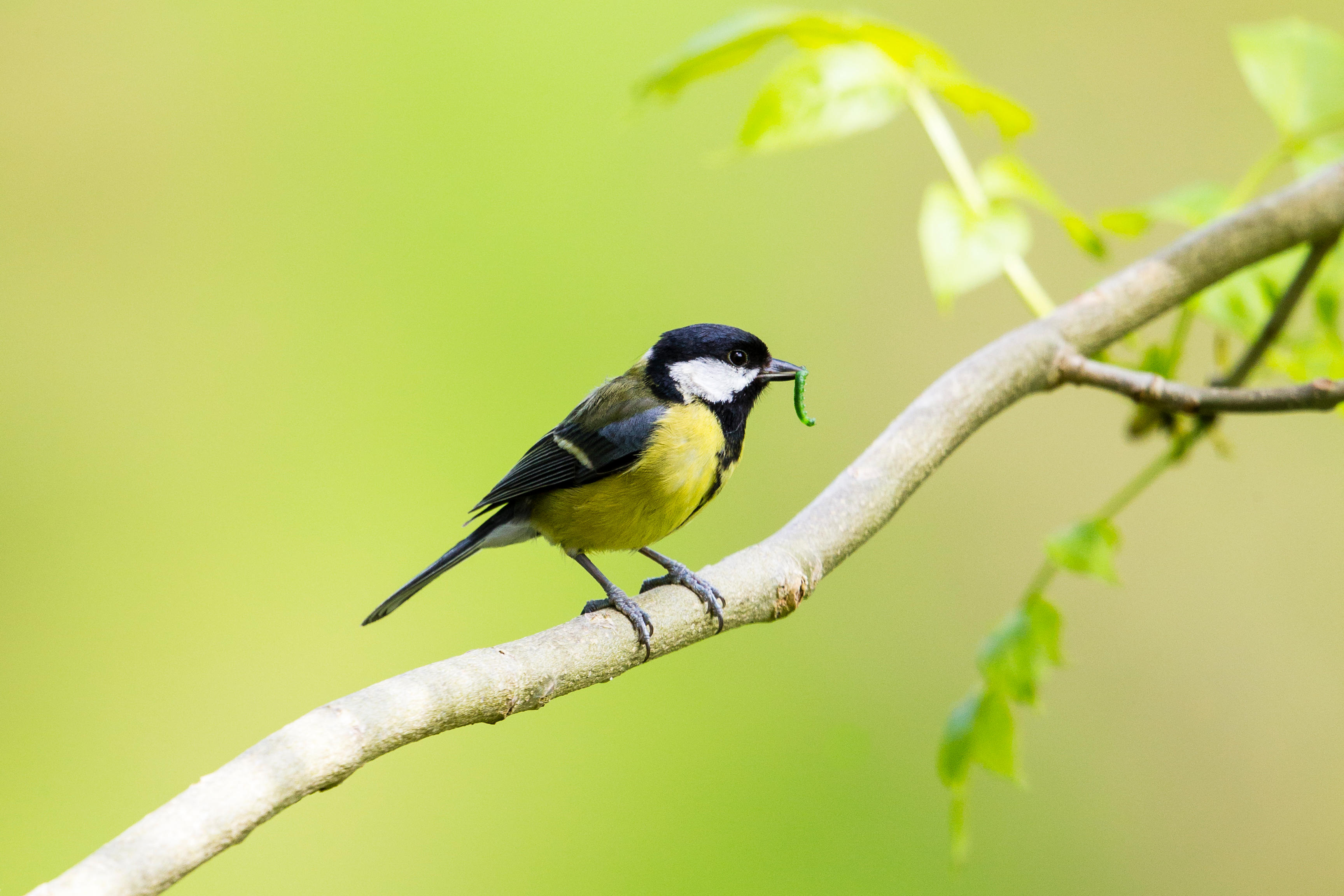
Phenological sensitivity to climate across taxa and trophic levels
Thackeray et al. 2016For climate changes predicted for the 2050s, the changes in seasonal timing of phenological events are likely to be greatest for primary consumers. This threatens the synchronisation of interactions between trophic levels.
Read more -
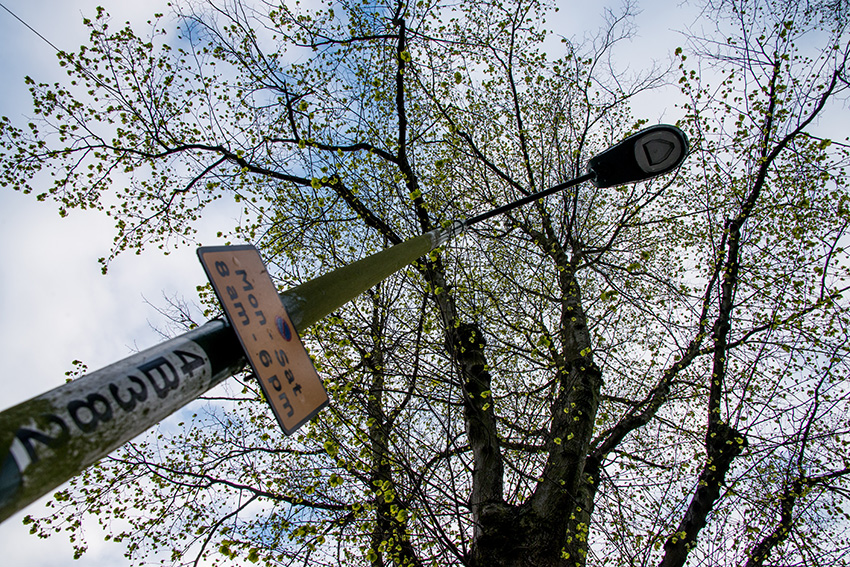
Light pollution is associated with earlier tree budburst across the United Kingdom
Ffrench-Constant et al. 2016Scientists at the University of Exeter used Nature’s Calendar records to examine the relationship between artificial night-time light and the date of budburst in sycamore, beech, oak and ash
Read more
